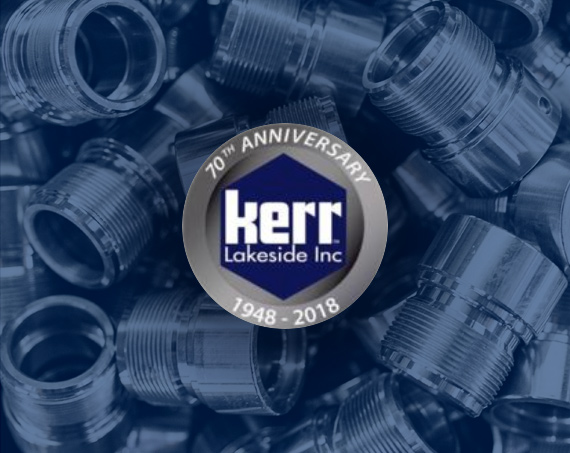Annealing, specifically spheroidizing annealing, is the process used to modify the microstructure of carbon and alloy steel to improve the ability to be cold worked and its formability. It is not recommended for use on material that is going to be machined as the spheroidal microstructure is detrimental to the machining process.
Material is heated to a specific temperature in an atmosphere-controlled furnace, holding that temperature to allow sufficient time for the microstructure to transform homogeneously, and then control furnace cooled. Spheroidizing annealing transforms the bainitic/pearlitic hot roll microstructure into a spherical shape which makes the material softer and easier to cold head.
Annealing
Annealing is a heat treatment process that alters the microstructure of a material and changes its mechanical properties. Annealing is a broader term that refers to a furnace process where material is heated in a controlled atmosphere furnace, held at a specific temperature, and then furnace slowly cooled. This process can be used to reduce hardness, increase ductility, and will result in <80% spheroidization.
The primary purposes of annealing include:
- Improving formability
- Refining grain structure
- Preparing the material for further processing
- Improve the uniformity of microstructure
- It is better suited for parts that will be both cold headed and machined
Different materials require different annealing protocols based on the carbon and alloying elements of each grade the annealing cycle will differ.
Sphero-Annealing
Sphero-annealing (otherwise known as spheroidizing annealing) is the most common annealing process utilized by the fastener industry to enhance the cold heading process. It is primarily done to improve formability mostly on medium and high-carbon and alloy steels. Required microstructure this process is >80% spheroidization. (Refer to ASTM F2282)
The process involves:
- Heating steel just above the lower critical temperature (exact temperature varies based on the carbon content of the steel) and holding it for a prolonged period of time to allow the microstructure to become homogeneous, and then control cooling in the furnace to allow sufficient time for spheroids to form.
- A slow cool is critical for spheroidize annealing process
- The cementite (FeC) in the steel transforms into spheroidized particles—round or globular carbides—within a ferrite matrix
The key characteristic of sphero-annealing is the transformation of carbides (particularly cementite) from coarse pearlite or plate-like structures into spheroidal (rounded) particles dispersed throughout the ferrite matrix.
This treatment provides several benefits:
- Softening of the material, reducing the mechanical properties
- Greatly improved formability (not suitable for parts that are going to be machined)
- Reduces risk of cracking during cold heading process
- Improves medium and high-carbon steel ease of cold working
- Prepare steel for further processes like cold drawing or cold heading
- A spheroidized structure with round carbide particles rather than course pearlite and/or bainite microstructure in the as rolled material
The "sphero" refers to the spherical shape of the carbides that form during this process. This structure makes the steel easier to cold form while still maintaining reasonable strength. This is why sphero-annealed steel is often used for parts that will later be hardened and tempered. While regular annealed material might be used on parts that are going to be both cold headed and later machined, sphero-annealing specifically targets carbide morphology to optimize formability in medium and high-carbon steels.
Beta Steel offers a wide range of processing options to meet virtually every requirement. Contract a Beta Steel representative to discuss your needs as well as our current inventory and stocking programs.









